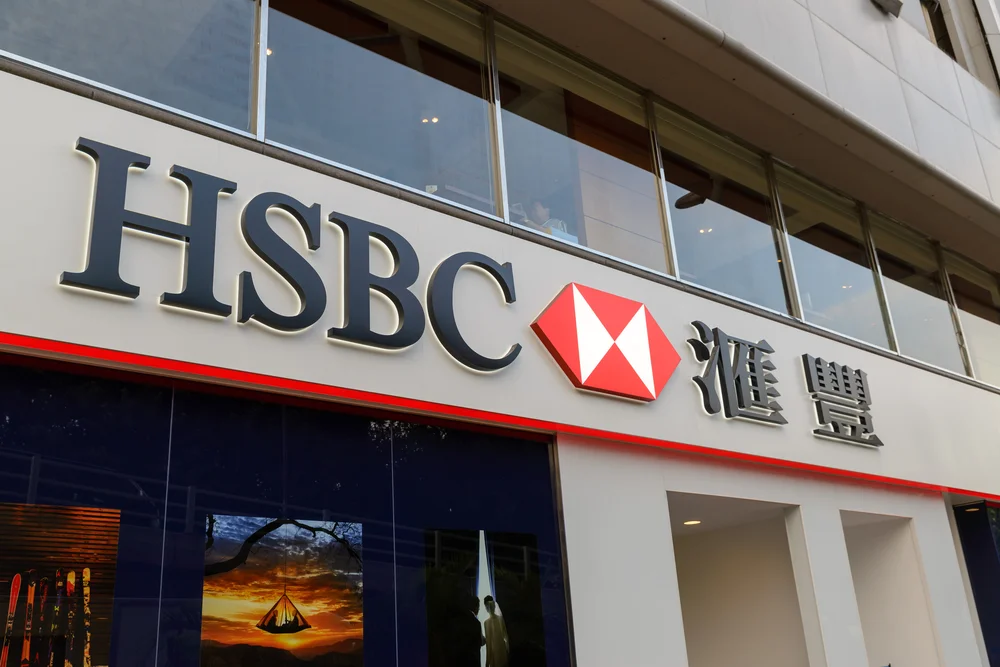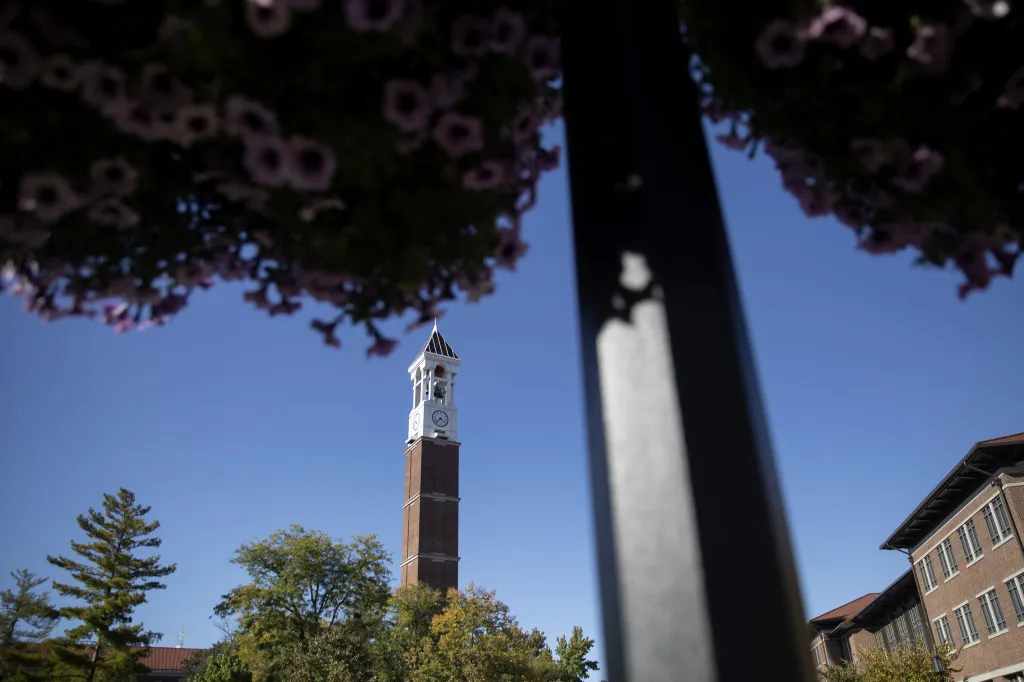
The warm and dry weather of late summer and early autumn is nice to have, but it comes with a trade-off. This year’s outlook for leaf-peeping may have some mild disappointment in store, experts say, at least compared to the usual, vibrant explosion of fall colors.
Those emerging reds, oranges, yellows and browns could be impacted by the drought conditions in the region.
In a normal year, trees change colors based on the amount of daylight their leaves receive, and the drops in temperatures brought upon by the changing season.
“Drought interferes with that normal pattern,” said Jessica Savage, an associate professor at the University of Minnesota Duluth’s Swenson College of Science and Engineering.
Western New York is in a rain deficit – it has received just about 19 inches of precipitation since the beginning of this year, far below the normal amount of 28.5 inches, according to the National Weather Service. Precipitation takes into account the amount of water from melted snowfall.
That lack of rain has stressed streams and sapped groundwater supplies in the area. Some streams – like Cayuga Creek, Tonawanda Creek and Cattaraugus Creek − are less than 10% of their normal levels at this time of year, according to the United States Geological Survey’s WaterWatch data. Most other creeks in the area are 10%-24% of their normal flows, the data show.
Below the surface, groundwater in Western New York is also far lower than normal. Some wells in the area are at only 5% to 10% of typical levels, according to the USGS’ data.
Those conditions contributed to Gov. Kathy Hochul declaring Erie and Niagara counties were under a drought watch beginning Aug. 29.
The U.S. Drought Monitor found abnormally dry conditions have existed in the region since about July 22, while a moderate drought took hold around Aug. 12. The Drought Monitor is a partnership between the National Drought Mitigation Center at the University of Nebraska-Lincoln, the U.S. Department of Agriculture and the National Oceanic and Atmospheric Administration.
So how does a drought impact those fall foliage colors?
Listen now and subscribe: Apple Podcasts | Spotify | RSS Feed | SoundStack | All Of Our Podcasts
“When we have dry years around here, we’ll often see that the colors just aren’t as vibrant and the season is shorter,” Savage said.
An extreme drought could have caused leaves to drop much earlier in the season, but New York hasn’t been that dry, Savage pointed out.
Muted colors from this year’s fall foliage should not be cause for great alarm, but understanding more about the cause of a less-than-spectacular display of fall colors can be a great tool for increasing public awareness of the ongoing drought, said Jessica Spaccio, a climatologist at Cornell University’s Northeast Regional Climate Center.
New York is typically a state that gets a few inches of rain every month. Without that constant supply, impacts reach further than just the fall foliage colors, Spaccio noted.
“Because our growing season is not the entire year, it’s spring, summer, into the fall of harvest season, drought can be very impactful,” she said. “The drought was interesting this year because we started with such a wet fall that farmers had to delay planting in some places because of wet fields. And then partway through the summer, the rain stopped and so they were dealing with this two-fold problem of late planted crops that were then not getting enough water when they needed it.”
As farmers this fall finish harvesting their summer crops, they will need rain to ensure their winter grains and cover crops survive, Spaccio said. Drawing more water from the ground could add stress to the state’s groundwater supplies, she added.
The current drought can be a bit confusing, however, as it doesn’t necessarily spell out what Western New York’s future will be.
“The long-term trend over many decades is toward wetter − and that’s driven by a warmer climate,” said Stuart Evans, an assistant professor at the University at Buffalo’s College of Arts and Sciences. “But there’s enormous variability around that trend.”
The National Weather Service’s data show that the region has gradually been getting more rain than it did when records began in 1938. And while that is expected to continue, droughts will still likely punctuate the trend, Stuart added.
As for what’s to come, the news looks generally positive.
Although there isn’t much rain to be expected over the next two weeks, come mid-October, things could change. That’s according to NOAA’s Climate Prediction Center, which forecasts the drought in Western New York will likely end as winter takes hold in December.
“Winter is a time when we hope for relief,” Spaccio said, “and we’ll definitely need some of that early winter precipitation.”
Reach climate and environment reporter Mackenzie Shuman at mshuman@buffnews.com or
716-715-4722.
Get local news delivered to your inbox!
Subscribe to our Daily Headlines newsletter.
* I understand and agree that registration on or use of this site constitutes agreement to its user agreement and privacy policy.
Mackenzie Shuman
Environment and climate reporter
Get email notifications on {{subject}} daily!
Your notification has been saved.
There was a problem saving your notification.
{{description}}
Email notifications are only sent once a day, and only if there are new matching items.
Followed notifications
Please log in to use this feature
Log In
Don’t have an account? Sign Up Today



